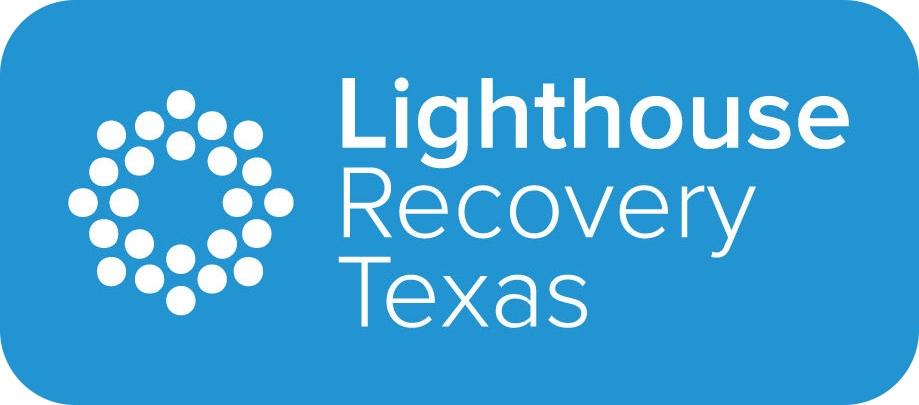Why Should People in Early Sobriety Go to Sober Living?
Those first few months of sobriety are the most critical period of substance use disorder (SUD) recovery. As individuals accept their present truth, they must learn to fight the challenges of dependence and addiction, slowly distancing themselves from the harmful habit. But achieving sobriety means more than just doing away with a drug. Living sober after dealing with SUD means completely changing your lifestyle and your way of thinking and undoing any past traumas that might be causing you to turn to drugs for release and relief. While it might be near impossible to achieve all of that alone, there are sober living facilities that provide the perfect environment for early recoveries.
What is Sober Living?
Sober living homes are transitional housing arrangements especially developed for individuals struggling with substance use disorder. These homes provide a structured environment that works to assist individuals to establish healthier routines away from temptations and distractions. In sober living homes, specialists work closely with people in recovery, providing hands-on support and friendship to rehabilitate individuals suffering from SUDs and reinforce the skills that they learn so that they can apply them in life outside the home.
The Benefits of Sober Living
Having been around since, researchers have carefully studied the 1970s sober living homes to understand how they work. With decades of study, experts have found that sober living houses provide individuals with a host of benefits that they’re unlikely to experience if they tried recovering alone.
Distance From Temptation
According to studies, illicit substances can change the way that a person’s brain functions. These drugs can wire your brain so that you always end up wanting more, which is why even individuals who want to stay clean often struggle to stay sober. One of the reasons why sober living houses work so well is because they place the individuals a safe distance away from any temptations. These facilities uphold strict regulations against any substances that might make it difficult for individuals to achieve total sobriety. Although it’s understandable for an individual to relapse even after treatment, sober living homes impose a 100% ban on illicit substances within their facilities. More than that, these homes are typically situated in localities with limited drug presence to make sure the individuals in the program aren’t exposed to the temptations of drug use when they step out.
Readily Available Support and Guidance
Attempting to get clean outside of a sober living home means that there won’t always be someone there to provide support and guidance when it’s most needed. During the process, people will often be confronted with difficult situations where the solution won’t always be apparent. The population of sober living homes is made up of both the clients and on-site managers who live within the same facility. These managers are always available – even in the wee hours – and assigned to the home to provide clients with prompt assistance, guidance, counsel, and support whenever needed. But other than these on-site managers, sober living homes typically work together with treatment facilities staffed by medical experts. This is merely a cautionary step they take as SUDs are recognized as medical conditions. With these people nearby, individuals can receive proper medical attention whenever necessary. It’s also highly common for these homes to connect with alumni who can provide insight into the recovery process and what present clients can expect. These graduates offer stories of their experiences and showcase the fulfilling rewards of staying sober.
Support for Healthy Lifestyle Choices
As a person develops dependence and addiction, they will typically toss everything out the window. That’s because the brain is rewired to put the highest weight and priority on the use and acquisition of the drug. So it’s common for these individuals to make poor lifestyle choices, including (but not limited to) their diets, fitness, recreation, and more. One of the goals of sober living homes is to help re-establish healthy lifestyle routines. Aside from providing clients with gym facilities, kitchens, laundry hubs, and other similar areas where they can relearn old skills or develop new ones, sober living homes also pay attention to all of the essential skills for independent living. That’s why individuals in these homes are taught to perform specific tasks independently, like paying their bills, caring for pets, and even looking for and preparing for employment.
Healthy Relationships and Friendships
Studies have found that social influences are some of the most powerful in causing a person to choose to use illicit substances. If an individual is re-exposed to their home or community without the proper coping tools and strategies, then they’re more likely to succumb to invitations from friends and acquaintances. Sober living homes strictly prohibit the use of illicit substances, ensuring that all individuals are provided a clean, safe environment where they can work together to support and encourage each other towards sobriety. In effect, the community within a sober living home proves to be far more pleasant and positive than anything an individual might encounter outside. Participants in the sobriety program are encouraged to interact and share their stories with one another. Friendships are enthusiastically supported, especially between individuals undergoing the same program. That’s because it’s easier for participants to feel like they’re not alone when there are others who share in the same struggles as they do.
Preparation for Re-Entering Everyday Life
Relapse is a very common risk that every patient faces even after graduating from a sobriety, and it’s not because treatment fails. The effects of drug use can be especially pronounced, causing difficulty for individuals to make the right choices even when they want to. Because of this fact, sober living homes don’t only work to help a person get sober, but they provide tools and techniques so individual can stay sober once they leave. These effective strategies include everything from stress management to breathing exercises. They also teach individuals to identify situations that might tap into their cravings so they can steer clear of temptation before it happens.
More Independence
Sober living homes don’t bar you from leaving. In fact, these facilities encourage individuals to step outside and engage in activities of daily life without being guarded or controlled 24/7. This means you can leave to look for a job, you can visit family and friends, and you can even go out on dates. Unlike rehabilitation treatment centers where individuals are monitored for their entire stay and prohibited from leaving, sober living homes are quite literally a home that you return to at the end of a busy day. It’s a place where you can transition into living independently without completely losing the structure and support that you need for a full recovery.
The Importance of Sober Living Homes for Early Sobriety
Sober living homes were specifically developed for individuals during the early months of their sobriety, and for good reasons. Studies have found that individuals are more likely to relapse early into their sobriety for several reasons:
- Brain function – Drug use changes the way that the brain works, making it difficult for individuals to weigh their decisions and impacting their self-control. With time, restoring the brain to normal may be possible, but that also requires that an individual stay away from illicit substances that might reinforce inefficient brain activity.
- Underdeveloped Skills – Practice makes perfect, and that holds true for sobriety. The skills that individuals learn to stay sober won’t come automatically. So as they’re faced with temptation, they might not immediately know what to do, especially if they’re new to sober life.
- Need for Transition – The first step of SUD recovery is detox. This is performed in rehabilitation facilities that strictly enforce schedules and prohibitions on patients to assist in the process of withdrawal. Rehab can take months, so a person might feel unstable if they’re ushered back into their everyday life without proper transition.
Sound Support for Sobriety
People in early sobriety are especially vulnerable to falling back into their habit because of the way that drugs impact brain function, and because they aren’t fully equipped with the necessary skills to face temptation. But through the programs of a sober living home, they should be able to exercise their sobriety and independence in order to stand on their own feet as they re-enter society. Providing a clean, safe environment for individuals to experience the pleasant and rewarding benefits of sobriety, sober living homes showcase what life could be like when free from the grip of illicit substances. But more than that, these homes provide support, preparation, and friendship that can significantly improve an individual’s preparedness for everyday life and their resilience against relapse.
Lighthouse Recovery provides programs through their sober living homes in Dallas, Texas. Learn more about our addiction services.
[/vc_column_text][/vc_column][/vc_row]Learn more about our services or contact us below to discover how Lighthouse can help you on your road to recovery today. Thank you for your trust.





